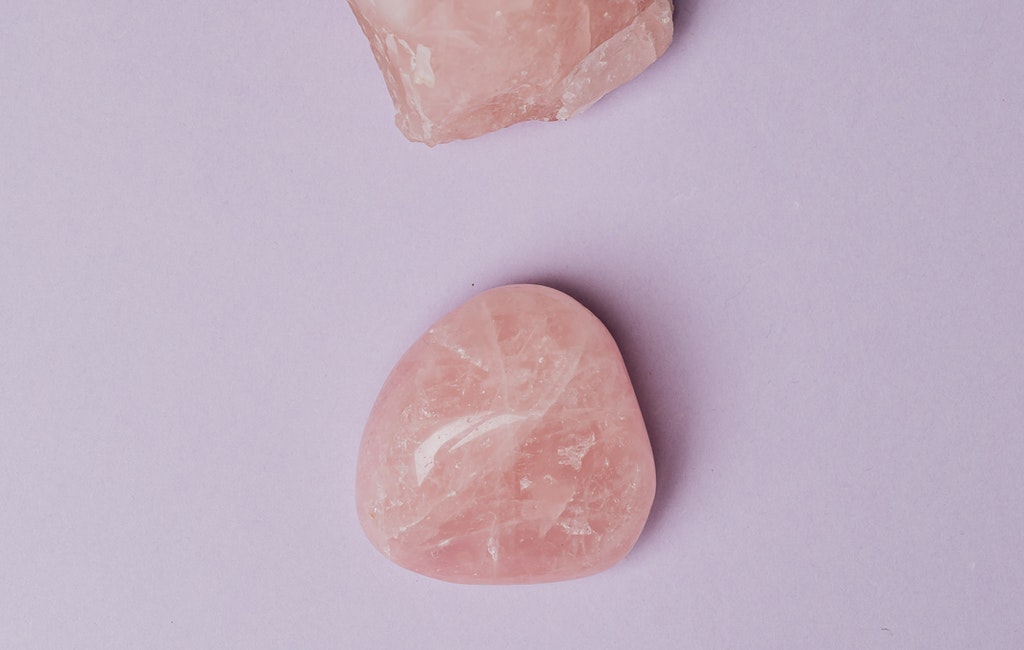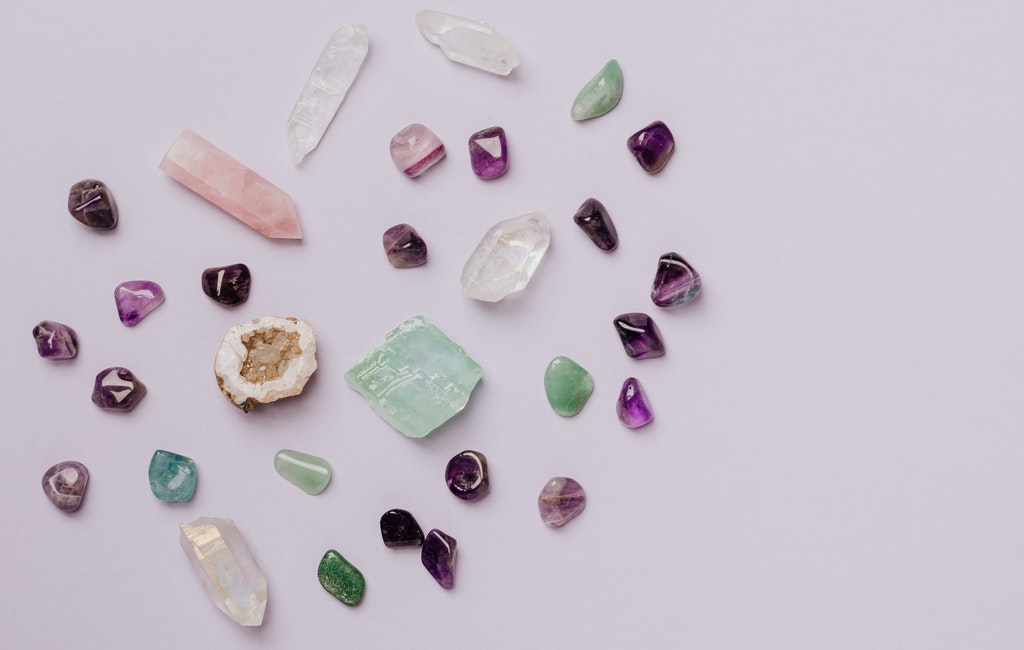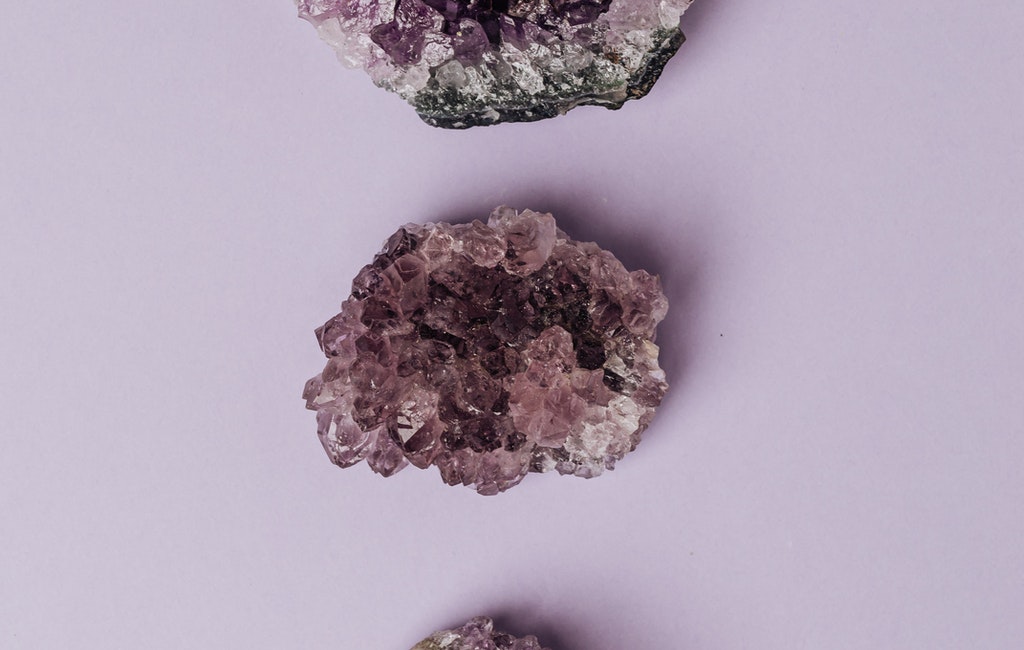Gemstones are very important objects that are highly prized and treasured in many places all over the world (if not all over the world). Depending on their type and quality, they are usually seen as very expensive, rare and desirable. Gemstones have been around for a very long time and different types of them exist in the world, they include; diamond, ruby, sapphire, citrine, alexandrite, kyanite, carnelian, agate, topaz, turquoise, lapis lazuli and so many others. All of these gemstones can be divided into two main categories, which are; precious stones and semi-precious stones.
WHAT ARE PRECIOUS STONES?
Precious stones are a special group of gemstones that are often regarded to be a lot more valuable that the rest, due to their rarity and subsequent substantial commercial value. Precious stones also happen to be some of the most popular gemstones in the world. Examples of this group of gems include; diamond, ruby, sapphire and emerald, and all of them are gemstones that have a huge demand per unit virtually everywhere in the world.
The reason why precious stones are more highly desired compared to other type of gemstones isn’t always very clear. However, it may have something to do with their rarity. On a general scale, gemstones that are rare – or regarded as rare (since public perception goes a long way in the determination of a gemstone’s worth) – are often more expensive than other types of stones. Another factor may also be a precious stone’s history and unique physical properties, which make it easy to work with; particularly in the jewelry industry, where they are used in making jewelry pieces such as necklaces, earrings and bracelets, along with ornaments.
The quality of precious stones is usually measured in terms of parameters such as their cut, clarity, color and carat (i.e. the unit of measurement of a precious gem’s weight).

SEMI-PRECIOUS STONES
Other types of stones, which do not fall into the category of precious gemstones, are known as semi-precious stones. Semi-precious stones include gems such as; citrine, alexandrite, peridot, topaz, turquoise, agate, kyanite, carnelian, celestite, garnet, quartz and so on. Many of them are used in industries for applications such as the building or construction of roads and other structures.
Semi-precious stones are usually thought to be worth considerably less amount of money, per unit, compared to other stones that fall into the category of precious stones. One of the reasons for this is the fact that semi-precious stones can usually be found in a lot of places in the world, relative to precious stones (i.e. they are not as rare as precious stones). Other reasons for these stones’ general assessment are their perceived value, which often times does not fall into gem quality category; and their comparatively less demand in the jewelry industry, during the production of pieces such earrings, necklaces and bracelets, among others.
THE CULTURAL SIGNIFICANCE OF GEMSTONES
Gemstones are usually formed over the course of a long time, which may be several thousands of years. In some cases, the duration of a gemstone’s formation may even take up to millions – and perhaps, billions – of years.
Over time, various gemstones have amassed quite a bit of significance and value, particularly in the realm of society’s perceptions. Some gems may also have certain traditional and cultural significance or meaning. Examples of such gemstones include the following:

- Rubies:
Rubies are precious gemstones which many people find fascinating because of their distinct red color (which technically ranges from pinkish-red to crimson or blood color). These stones are very old and have been employed in the crafting of many ancient crowns.
Jewelries made from rubies are also viewed as popular gifts between lovers, since the red color of the gemstone is often stated to represent passion or passionate love. Culturally, the stone is believed to attract passion and good luck into the life of its wearer.
Ruby is the birthstone of July.
- Diamonds
Diamonds are very unique gemstones that happen to be the most popular gems in the world. They are highly desirable and very highly in demand, all across the world. Apart from this, diamonds also happen to be regarded as the hardest known natural substance in the world; a title, which also invariably sets them apart as the hardest known gemstone in the world.
Diamonds are formed in nature when pure carbon is exposed and subjected to natural forces of heat and pressure. Extremely high levels of heat and pressure are often required to transform pure carbon into diamonds, and this process takes a long period of time (between the span of several months to billions of years).
During the process of diamond formation, the atoms pure carbon are usually rearranged into a rigid crystal lattice structure; which does not allow other elements and substances to infiltrate it. On rare occasions where this structure is breached by other elements and substances, it often results in the formation of inclusions or color (i.e. the action of foreign elements – such as nitrogen – in a diamond’s crystal structure can lead to the formation of colored diamonds e.g. yellow diamonds).
WHICH GEMSTONE IS SAID TO BE BORN OF FIRE?
When it comes to the public perception of gemstones, particularly in terms of how they are formed, there is often a lot of talk about heat and fire. This is because the process of gemstone formation oftentimes requires the exposure of mineral substances – which serve as the gemstone’s raw material – to high levels of heat and pressure, which may be found in nature. Diamonds are prime examples of such gems. Carnelian is another that is usually associated with fire.
Due to its distinct golden flame-like color, carnelians are usually associated with fire; to the point that Ancient Egyptians called it the setting sun.
However, the fire opal is a very unique stone that is actually said to be born from fire. This is because the gemstone is reportedly formed in the deepest parts of ancient volcanoes.

